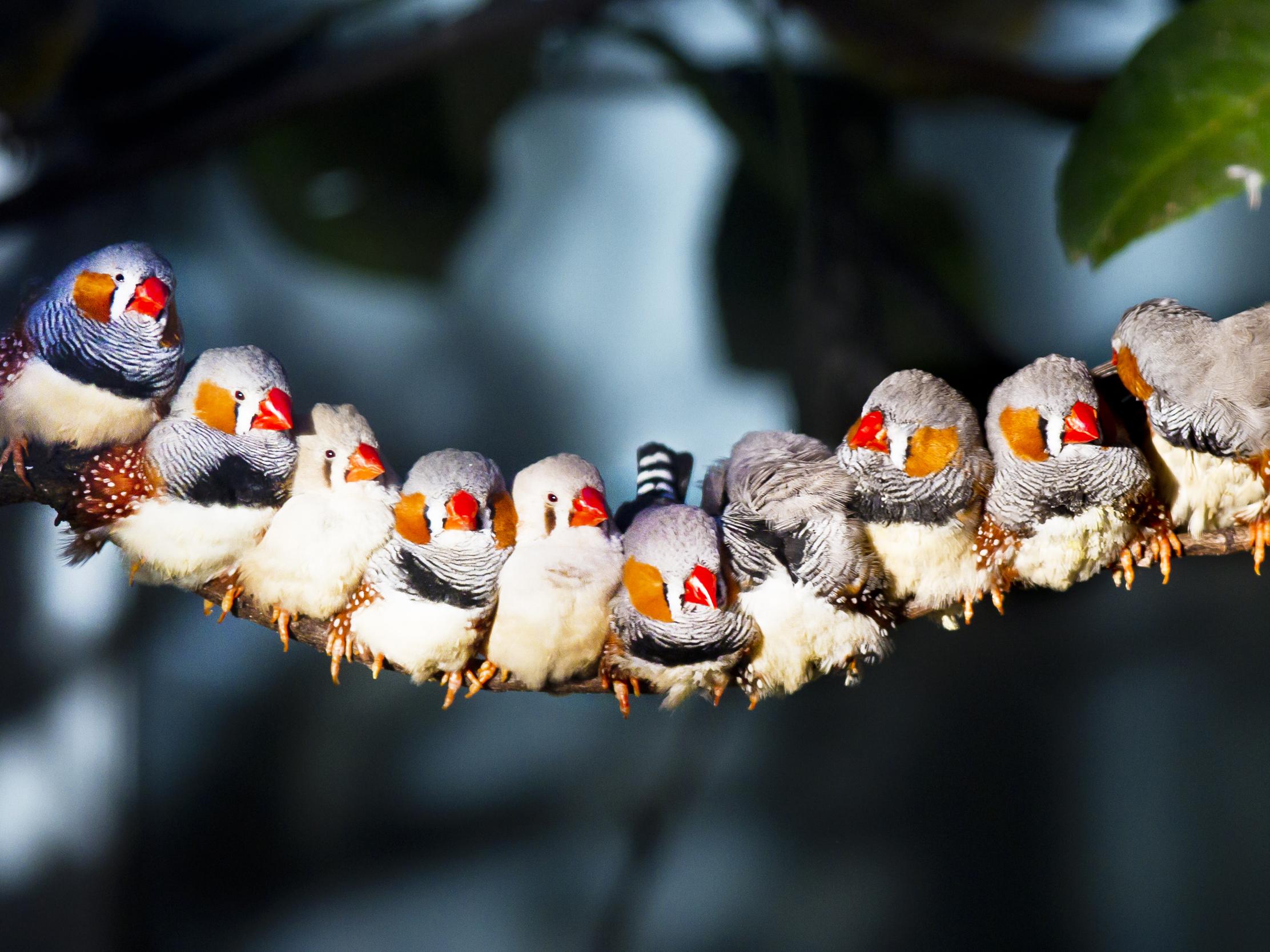Substance that gives birds mysterious power to see Earth’s magnetic field discovered by scientists
Findings 'indicate that other animals, perhaps all of them, have magnetic receptors and can pick up on magnetic fields'

Your support helps us to tell the story
From reproductive rights to climate change to Big Tech, The Independent is on the ground when the story is developing. Whether it's investigating the financials of Elon Musk's pro-Trump PAC or producing our latest documentary, 'The A Word', which shines a light on the American women fighting for reproductive rights, we know how important it is to parse out the facts from the messaging.
At such a critical moment in US history, we need reporters on the ground. Your donation allows us to keep sending journalists to speak to both sides of the story.
The Independent is trusted by Americans across the entire political spectrum. And unlike many other quality news outlets, we choose not to lock Americans out of our reporting and analysis with paywalls. We believe quality journalism should be available to everyone, paid for by those who can afford it.
Your support makes all the difference.The “sixth sense” birds use to visualise Earth’s magnetic field has been demystified, as two teams of scientists claim to have identified the source of their powers.
Birds are known to navigate using magnetism, not only in their day-to day lives but also on long migrations that can cross entire continents.
This ability is referred to by scientists as “magnetoreception”, but how exactly birds are able to do it has remained the subject of much speculation.
Now, scientists have pinpointed a substance in birds’ eyes that gives them the power to perceive magnetic fields – a protein called Cry4.
Two separate studies conducted in robins and zebra finches have described a role for Cry4 in the visualisation of magnetic fields.
Previous work has suggested a group of proteins to which Cry4 belongs called cryptochromes – which are found in the eyes and are involved in regulating circadian rhythms – also have a role in magnetoreception.
To identify which cryptochrome was responsible for this sense, scientists at Lund University in Sweden examined the presence of three of them – Cry1, Cry2 and Cry4 – in the bodies of zebra finches.
They found that Cry1 and Cry2 did what would be expected of substances that regulate daily rhythms – their appearance in the finches fluctuated depending on the time of day.
Cry4, on the other hand, remained constant, suggesting this protein had another role that required it to be active regardless of time.
"Cry4 is an ideal magnetoreceptor as the level of the protein in the eyes is constant,” said Atticus Pinzón-Rodríguez, a doctoral student and lead author of the study published in the Journal of the Royal Society Interface.
“This is something we expect from a receptor that is used regardless of the time of day.”
Mr Pinzón-Rodríguez added that their results “indicate that other animals, perhaps all of them, have magnetic receptors and can pick up on magnetic fields".
The findings by the Lund team were supported by another group based at the Carl von Ossietzky University Oldenburg in Germany, which arrived at similar results after studying the presence of Cry4 in robins.
They also found that this intriguing substance appears to be concentrated in parts of the robin’s eyes that received a lot of light. This supported the idea that magnetoreception is a light-dependent, visual ability.
Further evidence for Cry4’s role in navigation came when the scientists compared levels in robin eyes with those found in chickens.
While robins in some northern parts of Europe migrate south annually to escape the harsh winters, chickens are strictly non-migratory.
These lifestyle differences were matched by the appearance of Cry4 in the bodies of the different birds.
When the migratory season came around, the Oldenburg scientists found increased levels of Cry4 in the robins, presumably to prepare them for their big trip, while no such increase took place in the chickens.
These findings were published in the journal Current Biology.
While the results from both teams point to Cry4, they say that more research will be necessary as much about magnetoreception still remains unknown.
Join our commenting forum
Join thought-provoking conversations, follow other Independent readers and see their replies
Comments